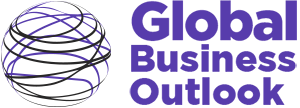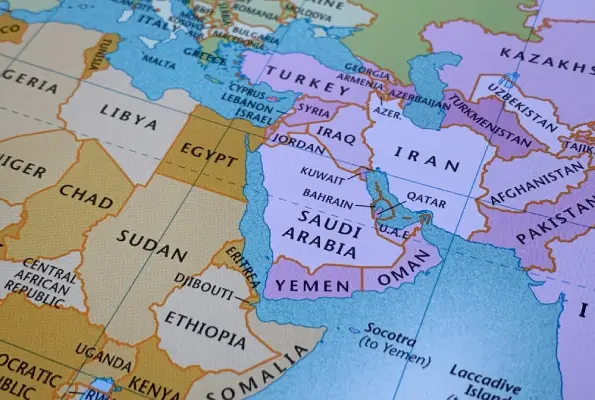The story you usually hear about the Middle East’s financial markets is simple. It is about equity markets, massive Initial Public Offerings (IPOs), or the volatile price of a barrel of crude oil. The money is big, the swings are dramatic, and the drama is always front-page news.
If you are a serious investor, a sophisticated institution, or a corporation concerned about future expenses, you understand that the true revolution is occurring behind the scenes in the derivatives market. This change is significantly transforming how the region manages its finances, commodities, and risk.
Beyond the stock exchange
For decades, the Middle East and North Africa (MENA) region’s financial system was dominated by cash equities. That is changing fast. Exchanges like the Dubai Gold and Commodities Exchange (DGCX) and the Saudi Exchange, Tadawul, have stopped being just platforms for trading local stocks. They are rapidly becoming sophisticated venues for financial engineering.
The focus is no longer on the stock, but the contract. We are seeing a massive expansion in futures and options trading that extends far beyond a simple bet on Aramco’s stock price.
Take commodities, for instance. Dubai has always been a key physical hub for gold, but the DGCX is now positioning itself as a central clearinghouse for the financial instruments tied to that trade. In the first half of 2025, the DGCX reported a significant surge in trading volume for its Shariah-compliant Gold Spot Contract.
This is not a quaint niche product; it is a direct response to institutional demand from Islamic funds and bullion traders seeking a transparent, secure hedging tool. It is proof that the region is innovating to capture global liquidity.
This is the power of a derivatives market. It allows a business to lock in the future price of a commodity today, hedging against the volatility that plagues global trade. This is essential for a region that trades massive volumes of everything from petrochemicals to grains.
New risk management toolkit
The sophistication is not limited to gold. The derivatives market is also growing in breadth through equity index contracts.
Tadawul, for example, is diligently rolling out futures contracts based on its main indices. These products offer institutional investors an easy, low-cost way to hedge their exposure to the Saudi market without having to trade every single underlying stock.
This attracts international capital, but more importantly, it introduces global risk management best practices to local firms. In a mature market, risk is not avoided—it is transferred—and that is exactly what these options and futures allow.
What drives this shift is a combination of necessity and regulation. Volatility in global energy prices and interest rates has made risk management a survival issue for regional corporations. Simultaneously, regulatory bodies are actively supporting this growth. They are pushing for central clearing of over-the-counter derivatives, which makes the market safer and more transparent.
We are seeing a quiet harmonisation of regulatory standards across key financial centres like the Abu Dhabi Global Market (ADGM) and the Dubai International Financial Centre (DIFC). They are aligning their rules to attract international derivatives brokers, technology platforms, and market makers, which are all vital ingredients for liquidity. By making the rules clearer and the infrastructure safer, they reduce counterparty risk, which, in turn, encourages more sophisticated trading.
The great challenge of liquidity
This is not a done deal, of course. The MENA derivatives space still faces the perennial problem of market liquidity. While volume is growing fast at exchanges like DGCX, it still pales in comparison to the giant Western or Asian exchanges. Liquidity is a self-fulfilling prophecy; traders want to be where the volume is, and exchanges must work tirelessly to attract the institutional players who bring that volume.
The region is tackling this through technological innovation—leveraging AI for better surveillance and more efficient trade execution—and by focusing on niche products that cater specifically to regional strengths, like the aforementioned Shariah-compliant contracts or energy-linked derivatives.
The rise of the derivatives market is not simply a side project for MENA’s financial hubs. It is a fundamental necessity for an economy attempting to diversify away from raw oil revenue toward financial services and trade. It is the sophisticated plumbing that underpins true financial power.
The people who control that plumbing—the exchanges and regulators driving the move into futures and options—are the ones truly building the financial muscle of the Middle East. It is a revolution in risk management and a powerful sign that the region is finally growing up on the global financial stage.
Ignore the noise about new skyscrapers and focus on the quiet revolution taking place in financial instruments, because the expansion of MENA’s derivatives and commodities markets is clear evidence of the region achieving financial maturity and preparing to manage its wealth and its risks on a genuinely global scale.



